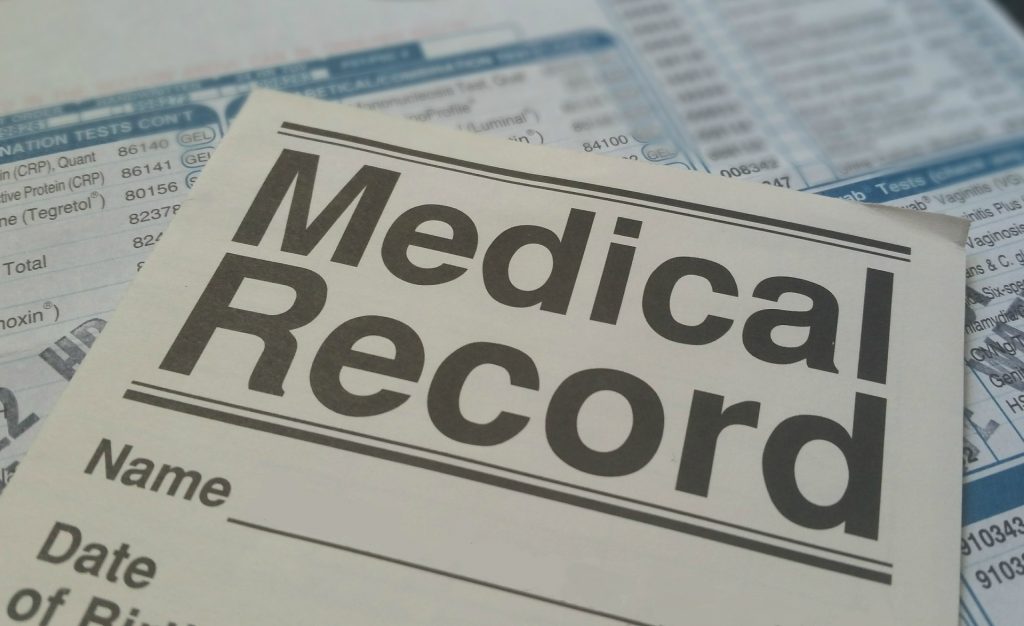Last time we spoke, I mentioned how we have started to work with Trusts to open up a practical pathway to the common goal of an easy way for health and social care stakeholders to share information – the IDCR, the Integrated Digital Care Record (see here).
Plainly, information is the pillar of the IDCR – it’s what will keep the structure up. But the foundation that makes IDCR happen is data interchange. We’re going to need a safe, reliable and functional way of moving data around.
That foundation is also going to have to be pretty data-format agnostic. A hospital Trust will be familiar and happy with DICOM data, while a GP’s surgery may have never heard of the term. We are going to have all sorts of data, from Excel to HTML to other formats to manage here.
NHS England is of course well aware of the need for a way to work with heterogeneous data formats as it helps CCGs move to the IDCR target, which is why it supports the MESH (Messaging Exchange for Social Care and Health) service, the successor to DTS (Data Transfer Service). MESH will have a big part to play in any IDCR project, but it will need to have the right elements to work with in order to push information around. This is where we think we can help. We’ve been doing a lot of design and testing at SynApps, as well as talking with both existing partners (especially Alfresco) and new ones, like the team at Enovation, on this topic.
Our MESH-IDCR thinking is influenced by NHS England’s own stated route of travel, which is predicated on the central role of CDA, the ANSI-certified Clinical Document Architecture (see here). This is a great way to define how information can be packaged up using the XML language and easily moved around by MESH.
A blueprint for a practical way forward?
I think you can see how the stars are aligning. To get to IDCR we need MESH and it looks like CDA is the best way of making MESH work. The problem is all the heterogeneity of computerised British medical data. There’s a great deal of complexity out there, complexity we think could keep IDCR coming on-stream for far too long.
That’s why we have been involved in so much back room work over the summer, trying to work out how to address this challenge. We have some proposals we think could help, instantiated in a blueprint for an IDCR architecture that can offer a way for many different data owners to securely and efficiently share data, checking it in and out of a rich central Repository. That Repository and an associated Registry is coming from us and Alfresco, while the Enovation team is underpinning it with messaging bus technology.
We are heavily engaged with CCGs who are looking at taking this blueprint and the first fruits of our ideas to the next level so you will hear more from us soon on this. In the meantime I’d be happy to respond to any questions you might have about the proposed architecture.
The last thing I will say is that we are very sensitive to the fact that getting to IDCR is a challenge. There are vast differences in the levels of digital maturity in the NHS and its partners in social care and the public sector. Even neighbouring hospitals can have very different scores. Technology generally is hard but especially in the NHS context.
However, whatever your organisation’s level of accomplishment here, we think we can help. Our standards-based, open, highly partner- and interoperable style approach is a realistic way to get to where we all want to be with patient data as soon as is practical.
So what’s to lose by dropping us a line and seeing if we have anything that may help you?
I encourage any NHS team to get in touch to discuss their own LDRM (Local Digital Roadmap) or individual strategies on how they’re going to deliver IDCR.
We will be at the UK’s Largest Digital Health Show – EHI LIVE – November 1, 2, Hall 1, NEC Birmingham, and at the NHS Clinical Commissioners Annual members event 2016, Amba Hotel, Marble Arch, November 3, 2016, so we hope to see you there.
Or just drop me an email.
Gary Britnell
SynApps Solutions Healthcare Business



